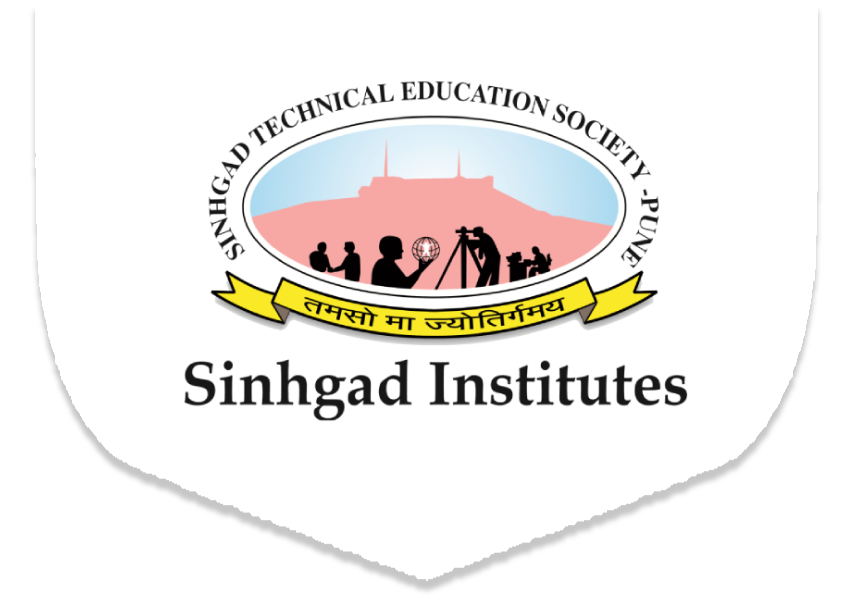
Best Practice 1 : Student Training Program
The Context:
The Institute has a strong liaison with the industries. After every placement cycle, the companies give feedback to the Central Placement Cell regarding students performance during the recruitment and selection process. The training and placement wing of the Institute has identified the industry requirements and accordingly, based on recommendations received; it was observed that there is a great need for enhancing students employability. For this purpose, students need to improve their overall skills, practice for interview and selection round procedures and improve their personality. Hence, the institute had decided to undertake the Student training programme from the year 2013. The Institute conducts an exhaustive programme under Students Training Program (STP) catering to Industry requirements to make students industry ready.
The Practice:
Conduction of STP modules in every semester gives awareness of corporate culture and inculcates skills among students that are needed to make them compatible with the corporate world. In Engineering, there are 10 modules covering the following: manners and etiquette, public speaking, body language, group discussion, time management, SWOT analysis, personal and career goal setting, resume writing, use of social media and stress management. For MBA, a comprehensive STP was designed which includes reading-writing skills sessions, personal interviews, group discussions, aptitude tests, general knowledge and current affairs tests and domain tests. For giving guidance to students in all the above areas, alumni and industry experts are invited, following which faculty members, including STP coordinators conduct the tests. Students are thus, able to identify the areas of their strengths and weaknesses and work to improve the same.
Evidence of Success:
The program has helped students by increasing their confidence and communication skills and motivating them to prepare for better employment during campus placement. The outcome of this can be judged from SIP and Final placement of students. The institute is thrilled to observe that students interview skills, aptitude test performance, group discussion skills and communication skills improve significantly after going through all the cycles of STP. STP helps develop these skills in the students, improve their confidence and make them corporate ready.
Problems encountered and resources required:
As STP is not a part of the curriculum, it was noticed that students who are exam and marks oriented did not consider it seriously at the beginning. On observing this, the institute conducted STP guidance sessions, where the Induction coordinator explained what STP is, how it will help the students and why they should all participate in it actively and enthusiastically. On realizing its importance in securing good placements and improving their skills, the students accepted STP wholeheartedly and started actively participating in the STP activities.

Best Practice 2 : Train the Trainers
The Institute implemented Train the Trainers programme, which results in creation of standardized Academic Handbook and a comprehensive Attendance Register.
Objectives of the Practice:
– To prepare faculty members to present information effectively, respond to student’s questions, and lead activities that reinforce learning.
– To motivate the Teachers by making everything available in one place
– To ensure proper planning of the Syllabus.
– To Streamline the Teaching Process.
The Context:
In order to provide best results, the institute has ensured that academic and teaching learning processes conform to certain standards. All the senior, experienced faculty members from various departments came together and brainstormed to identify areas in which standards need to be set. Through this process the institute has endeavoured to bring about the practice of TTT, by charting out guidelines, tips and outlining the requisites for the entire academic-process. It also acts like an induction/training programme for new recruits bringing them in line with the institute’s academic processes..
The Practice:
For this, the first step is conducting a Train the Trainers (TTT) programme. This helps faculty members gain knowledge, ideas and skills to improve the quality of education, which will enhance their teaching methodology along with the students learning and improve the effectiveness of the teaching learning process.
The second step is the outcome of TTT, which results in formation of an Academic Handbook, which acts as a complete guide for teachers and students. Academic handbook is a one-stop book containing all the essential information required by teachers and students for enhancing the teaching learning process.
The third step is academic monitoring done using Attendance Register. RMDSTIC has designed an elaborate Attendance Register to be used by each faculty member for their respective subjects. This Attendance Register serves as a record of not just attendance but overall performance of students in the entire semester.
Evidence of Success:
Through Train the Trainer practice, the teaching-learning ambience has improved considerably. It helped in enriching content beyond the syllabus. It also helped in standardising teaching resources and providing students with state-of-the-art knowledge resources for reference. The newly joined faculty have used TTT as an orientation/induction avenue to adopt innovative teaching-learning practices. The examination results, in turn, have improved significantly since the teachers through this practice were encouraged to frame model answers and share the same with their colleagues and students. Standard techniques such as Bloom’s taxonomy and translating the same in meaningful teaching-learning are another outcome of this practice. The improvement in results is a reflection of the success of this best practice. TTT has resulted in creation of standardized Academic Handbooks and Attendance Registers. This together, has resulted in overall improvement in the entire teaching-learning process.
Problems encountered and resources required:
Some of the resources required are:
– Locating training materials that can be reused in the form of Open Educational Resources.
– In-house knowledge and resources required to build training content.
– Access to classroom space for training sessions.
– Commercial aspects of some courses that cover some of training needs.
– Getting the free schedule of the senior teachers (trainers) for the training programs.
